Buying an Excavator, whether new or used, will ensure that you make an informed decision that aligns with your specific requirements and needs. So we discuss several key considerations and an inspection checklist to review before finalizing the Buying of an Excavator. Because buying an excavator or mini excavator is a significant investment, it is imperative to approach the process with care and attention to detail.
By taking the time to carefully consider some factors and conducting a thorough inspection, you can ensure that you make the right decision for your construction needs.
Tabla de contenido
PalancaConsiderable things before buying an excavator
1. Consider the excavator size
There are 3 main types of excavator sizesCompact/Mini excavator, Standard, and Large.
Compact / Mini excavator

Compact or miniexcavadoras, defined as those weighing less than 7 tons, are highly mobile and well-suited for small-scale projects and tight working spaces. They are a popular option among average users and are widely available at rental facilities.
These are known for their lower power requirements and minimal impact on surrounding areas, making them a suitable choice for projects that require careful consideration of the work environment. Additionally, the compact size of these excavators minimizes potential damage to sidewalks, roads, and other areas near the job site.
Standard / Excavadora mediana
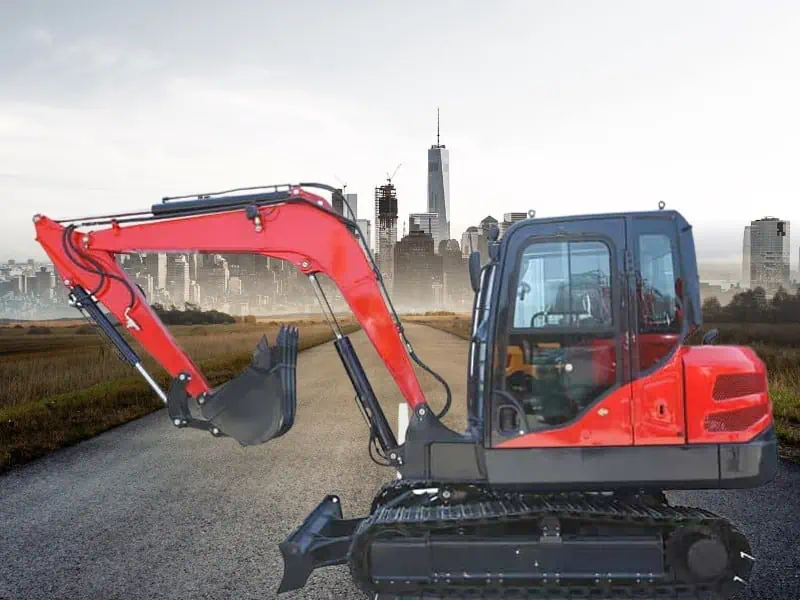
Excavadoras midi weigh between 7 and 45 tons and offer a versatile solution for many projects and job sites. These machines are equipped with substantial power and are commonly used on construction sites. However, their larger size can damage the surrounding area, particularly when traversing soft or delicate ground.
When Buying an Excavator, it is important to consider the potential impact on the job site and plan accordingly to minimize damage. Despite they remain a popular choice for many construction projects due to their versatility and capability to handle various tasks.
Large
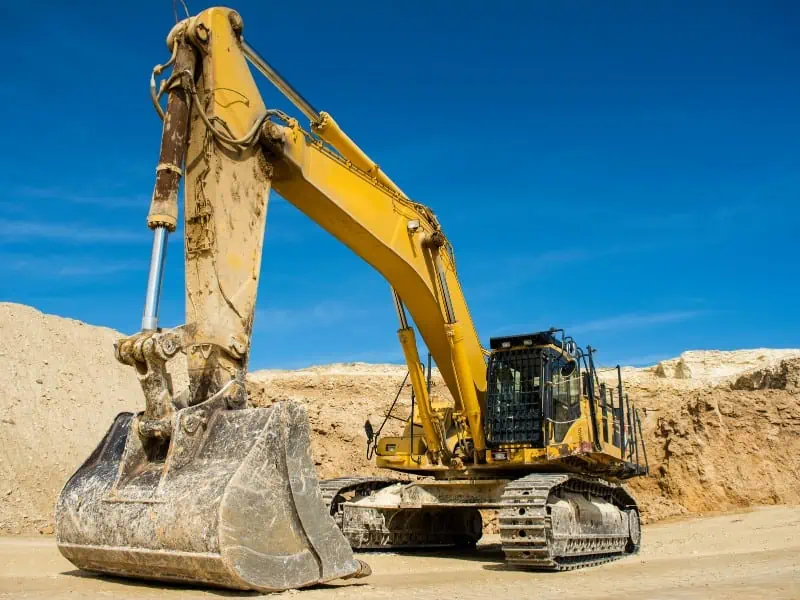
Large excavators typically weigh over 45 tons and can reach up to 80 tons; they are powerful industrial machines designed to handle demanding projects. They are not suitable for everyday job sites due to their size and limited maneuverability in tight or sloped spaces, particularly in urban areas.
However, it is a top contender when considering a machine that delivers both size and power. However, it is important to note that purchasing a large excavator requires a significant investment and a comprehensive understanding of the machine’s capabilities and limitations. Before making a decision, it is crucial to carefully consider the project’s needs and ensure that the machine is well-suited to the job site and environment.
2. Hydraulics and Attachments
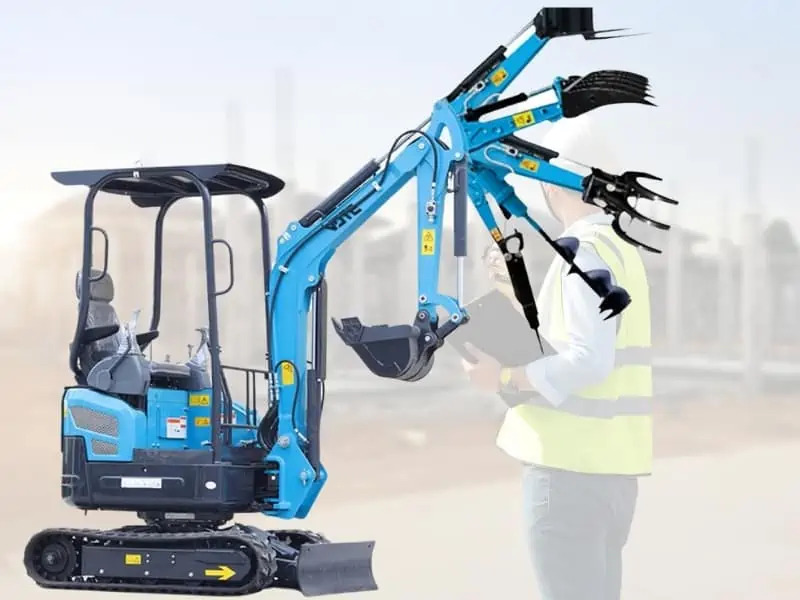
The hydraulic system of an excavator is a crucial component that determines the machine’s lifting strength and operational responsiveness. It is important to understand the hydraulic flows required for the attachments, as this will impact the machine’s performance and versatility.
Equipping them with the appropriate attachments will maximize the value of your investment and provide the versatility needed to tackle a wide range of tasks. When evaluating potential excavators, it is important to inquire about the coupler options available, as this will determine the types of attachments that can be utilized with the machine.
The information will help you make an informed decision and ensure that you choose an excavator that meets your specific needs and requirements.
3. Comfortable operating
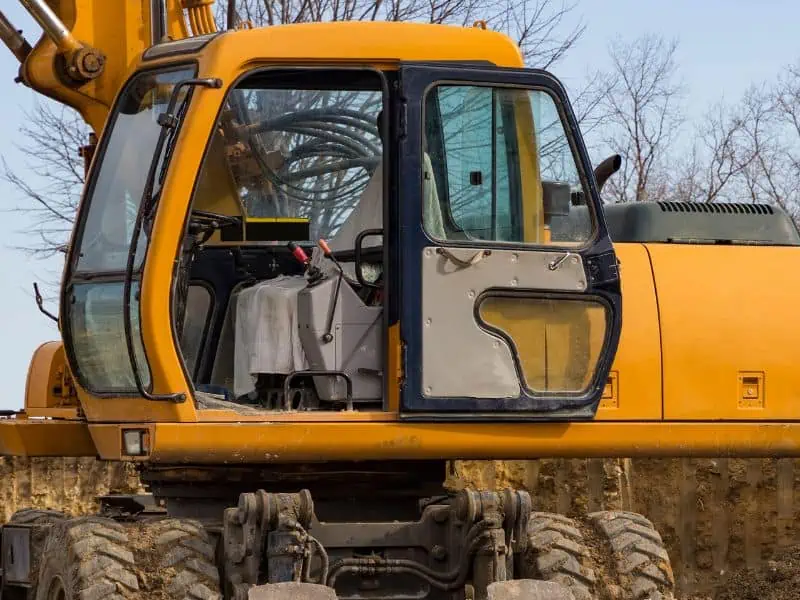
Operator comfort may not be at the forefront of your considerations when purchasing an Excavator, but you should prioritize. The health and well-being of your operators are essential for both their productivity and the safety of others on the job site. Prolonged exposure to an uncomfortable work environment can lead to operator fatigue and potential health issues, such as back problems.
Fatigue can also impact an operator’s mental ability and motivation, reducing productivity and potentially increasing the risk of accidents due to slower reaction times. When selecting an excavator, it is important to consider the comfort and ergonomics of the operator’s workstation to ensure that they can work safely and efficiently for extended periods.
As the awareness of operator comfort and well-being grows in the industry, many manufacturers are making significant strides in the design of excavator cabs to accommodate the different needs of operators. A comfortable and ergonomic work environment can significantly enhance the productivity and efficiency of operators, reducing the potential for lost labor and time. To ensure that your machines are designed with operator comfort in mind, look for the following key elements:
- Adequate room within the cab
- An ergonomically designed chair
- Adjustable seating options
- A reliable heating and air conditioning system
- Controls that are easily accessible and within reach
Investing in an excavator that prioritizes operator comfort will have long-lasting benefits. It will reduce the expenses associated with medical absences and injuries and help you maintain peak performance from your operators. By ensuring that your operators are working in a comfortable and safe environment, you will be able to maximize their potential and drive the success of your business.
4. Transportation / Access
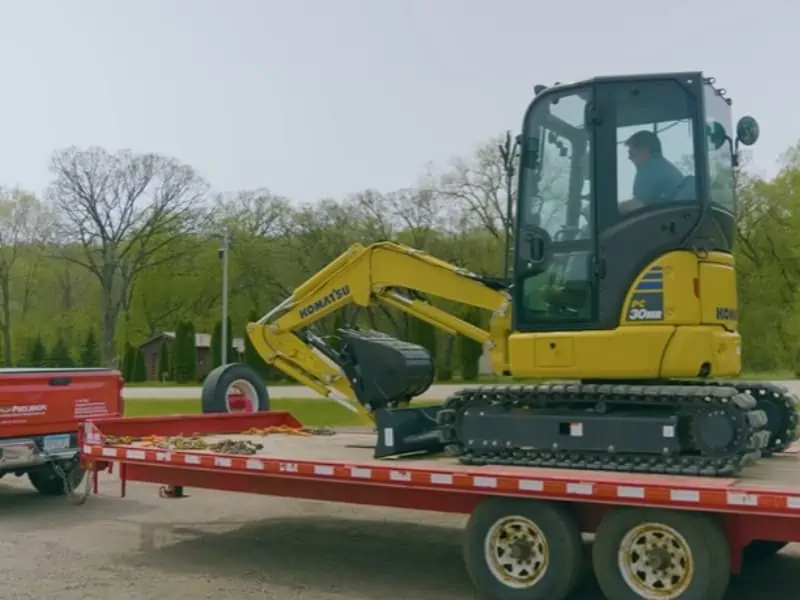
It is important to Buy an Excavator for the overall transportation costs, including the trailer cost and any permits required for transporting the machine. Furthermore, ensure that your fleet and drivers have the necessary certifications and licenses to operate the excavator during transportation.
To minimize potential costs and ensure compliance with state regulations, thoroughly research your area’s transportation requirements before making a purchase. Overall, it is crucial to consider the logistics and costs associated with transporting the excavator to your job site, as it can significantly impact your overall investment.
5. Inspect for cracks and bends
Inspecting the tracks for any signs of wear or damage is also important. Look for excessive wear in the sprocket teeth, links, and pins. It could indicate that the machine has been used for a prolonged period and will need more frequent maintenance. Additionally, inspect the idler wheel and track adjuster for any cracks or damage.
Check the cab and control area for any signs of damage or leaks. Ensure all the gauges, warning lights, and controls are functioning properly. Inspect the seat and floor mat for any signs of wear or damage. Check the engine and hydraulic system. Inspect the fluid levels and look for any leaks. Start the engine and listen for any unusual noises or vibrations.
Check the operation of the hydraulic system by performing a test of the boom, stick, and bucket. Look for any leaks in the hydraulic hoses or connections. By thoroughly inspecting it before making your purchase, you can ensure that you invest in a quality machine that will perform efficiently and last a long time.
6. Controls
Consider the operator’s preference for a control pattern when Buying an Excavator. The International Standards Organization (ISO) and the Society of Automotive Engineering (SAE) offer two different control patterns. ISO uses the right hand to control the stick and bucket motion, while the left-hand controls the swing and boom. SAE control patterns are the opposite.
Many excavators provide an easy-to-use pattern control selector, allowing the operator to adjust the machine to their preferred setting. Some excavators even offer the flexibility to switch between ISO and SAE control patterns, ensuring that the operator can work with maximum comfort and efficiency.
7. Tracks & Undercarriage

When Buying an Excavator you should consider the track options for it, it’s essential to understand their impact on the machine’s productivity. Compact or mini Ddigger comes with standard rubber tracks designed to minimize surface damage during travel and operation in residential, street, and in-building applications.
Although rubber tracks are prone to quicker wear and tear than steel tracks, various aftermarket track options are available with different widths and tread depths. Mid-sized, standard, and full-sized excavators typically have steel tracks in sizes, widths, and depths.
When evaluating track options, one should consider the ground conditions and applications in which the excavator will be utilized. Tracks with deep grousers and wider widths offer better traction in softer conditions, making them ideal for these environments.
8. Price
The cost of an excavator can vary significantly depending on several key factors, including the size of the machine, the manufacturer, and its performance specifications. Full-sized excavators can range in price from $100,000 to $500,000.
The inclusion of attachments can also have an impact on the overall cost of the excavator. It is essential to clearly understand the excavator’s intended use and establish a budget before embarking on the purchasing process.
Additionally: Tier 4 or EU Stage 5 emission solutions
It is important to understand the various engine types and after-treatment technologies available in today’s Tier 4 Final or Stage 5 models. Understanding these systems’ differences and impacts on your operation can be crucial in making an informed purchasing decision.
CASE, for example, implements Selective Catalytic Reduction (SCR) technology in its D Series excavators. Through a chemical reaction, SCR reduces emissions by introducing Diesel Exhaust Fluid (DEF) into the exhaust stream. This technology does not require frequent maintenance, such as regeneration or filter replacement, which results in faster throttle response, improved fuel efficiency, and extended engine component life.
When considering different Tier 4 and Stage 5 Final engine options, it is advisable to consult an equipment dealer for further information on the benefits and maintenance procedures associated with each engine type. Luckily at HIXEN, you can find mini excavators with Kubota/Yanmar/Perkins engines, which could satisfy the emission standard and are allowed to enter North American and European countries. Contacto us to request a quotation now.
Conclusión
In conclusion, buying an excavator is a significant investment and requires careful consideration of multiple factors. Understanding your area’s regulations and emissions requirements will help ensure that the excavator you purchase meets the necessary standards. You can buy an excavator from any authentic brand that provides after-sell service. Many brands on Made in China, especially Hixen, which is a trustworthy manufacturer of excavators. For more detail, you can contact us.
